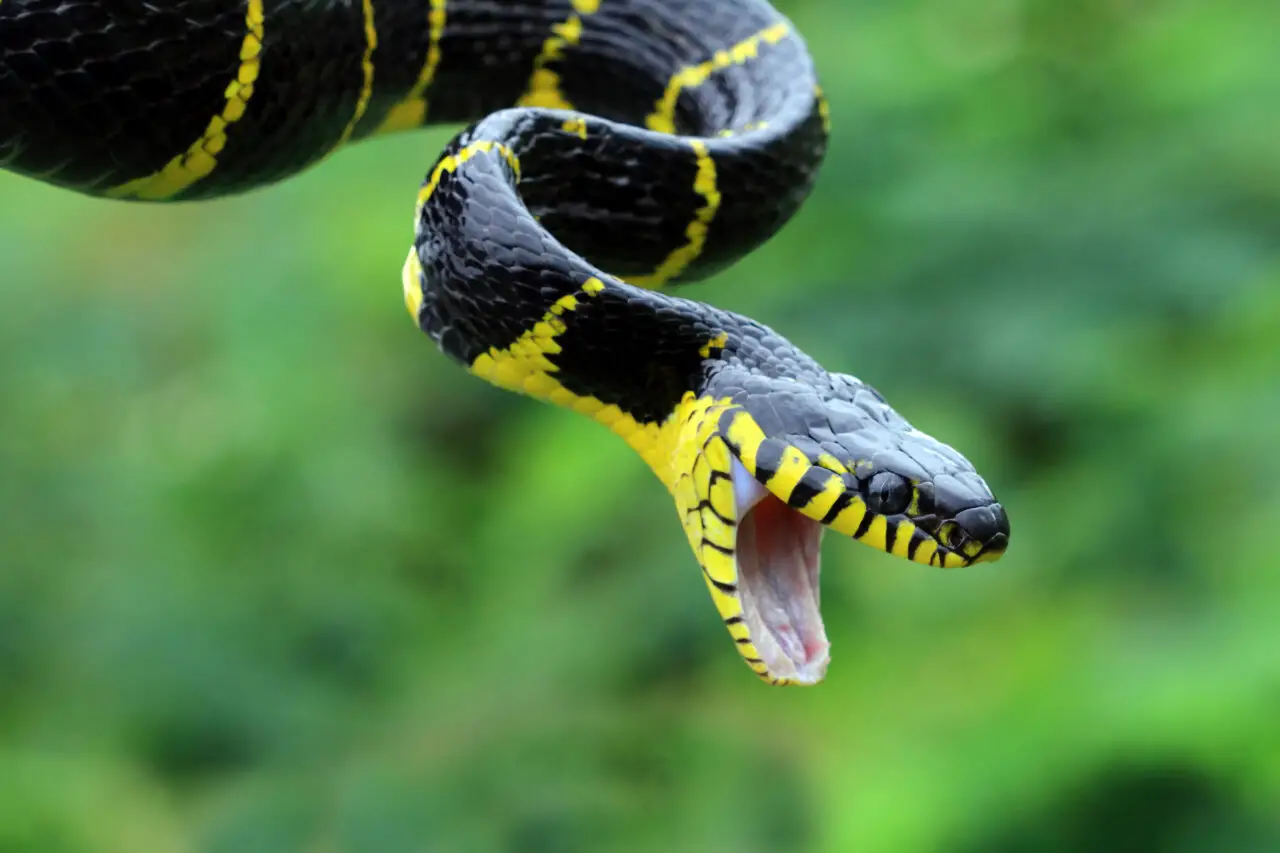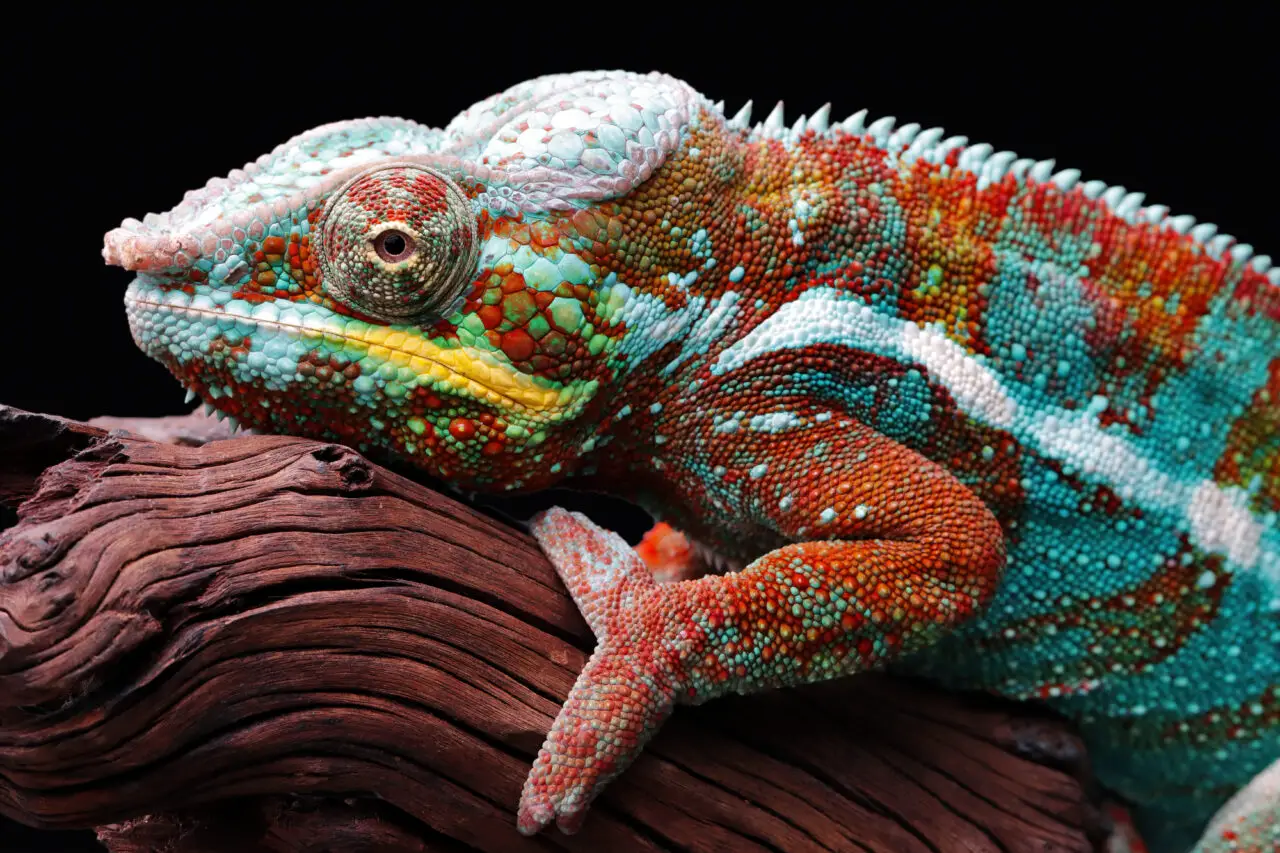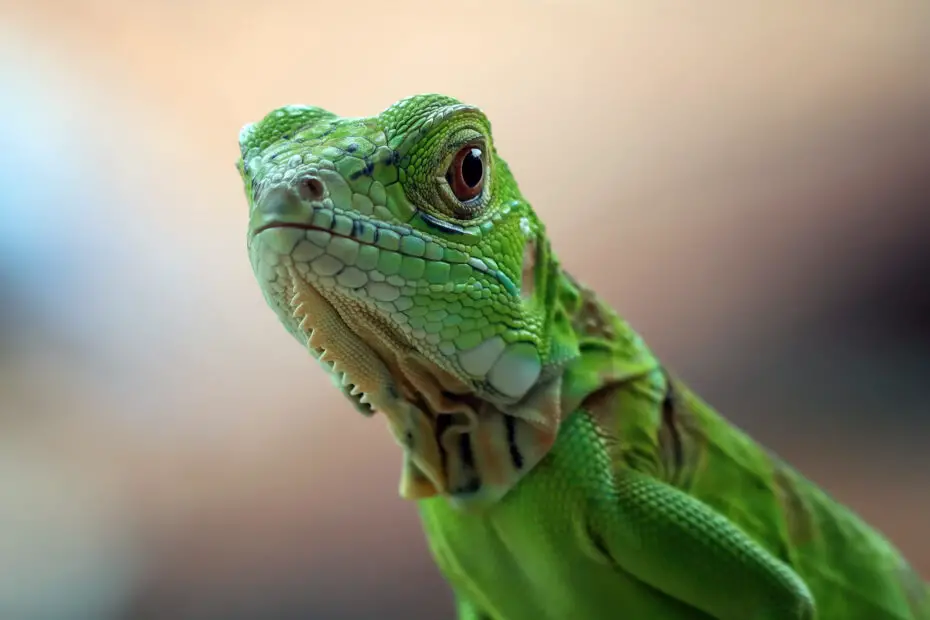Reptiles are among the most fascinating and diverse creatures on our planet. These cold-blooded vertebrates have captured the human imagination for centuries, with their ancient origins, unique adaptations, and remarkable diversity. From the regal elegance of a sunbathing turtle to the lightning-fast strike of a coiled snake, reptiles have a profound influence on ecosystems worldwide.
In this comprehensive exploration, we will delve into the world of reptiles, examining their characteristics, classification, Introduction to Reptiles , ecological roles, and the critical role they play in maintaining the balance of our ecosystems.
You may also want to know how fast an alligator runs.
Introduction to Reptiles
What Makes a Reptile?
Before we embark on our journey into the realm of reptiles, it’s essential to understand what defines these remarkable creatures. Reptiles are a diverse group of animals characterized by several key features:
- Cold-Blooded: Unlike warm-blooded mammals and birds, reptiles are ectothermic, meaning they rely on external sources to regulate their body temperature. They bask in the sun to warm up or seek shade to cool down.
- Scales: Reptiles are covered in tough, waterproof scales made of keratin. These scales provide protection, reduce water loss, and play a role in thermoregulation.
- Lung-Breathing: Reptiles have well-developed lungs for breathing air. They do not possess gills like fish and rely on lung ventilation.
- Eggs with Shells: Most reptiles lay eggs with shells, although some, like certain snakes and lizards, give birth to live young. These shelled eggs allow reptiles to reproduce on land, distinguishing them from amphibians.
- Tetrapods: Reptiles are tetrapods, meaning they have four limbs or are descendants of four-limbed ancestors. However, some reptiles have lost their limbs through evolution, like snakes and legless lizards.

The Classification of Reptiles
Reptiles belong to the class Reptilia and are further divided into several orders:
- Squamata: This order includes snakes and lizards, characterized by their elongated bodies, flexible jaws, and scales. They are the most diverse and widespread group of reptiles, with species adapted to various habitats worldwide.
- Testudines: Testudines, or turtles, are unique among reptiles due to their protective shells. These shells are made of fused bones and provide both protection and buoyancy. Turtles inhabit aquatic, terrestrial, and even arboreal environments.
- Crocodylia: Crocodylians comprise alligators, crocodiles, caimans, and gharials. These large, semi-aquatic reptiles are known for their powerful jaws, sharp teeth, and a reputation for being formidable predators.
- Rhynchocephalia: This order consists of a single living species, the tuatara, native to New Zealand. Tuataras resemble lizards but are unique in their own right, representing an ancient lineage of reptiles.
The Evolutionary History of Reptiles
Reptiles have a rich evolutionary history that spans hundreds of millions of years. Their story begins in the late Carboniferous period, around 300 million years ago, when they branched off from amphibian ancestors. During the Mesozoic Era, often called the “Age of Reptiles,” these creatures diversified and dominated terrestrial ecosystems.
Some of the most iconic reptilian giants from this era include the mighty dinosaurs and the flying pterosaurs. These creatures ruled the land, sky, and sea, showcasing the remarkable adaptability of reptiles.
Reptiles in Their Natural Habitats
Adaptations to Terrestrial Life
Reptiles have successfully adapted to a wide range of environments, from deserts to rainforests and polar regions to arid deserts. Their remarkable adaptations enable them to thrive in these diverse habitats:
- Desert Dwellers: Desert reptiles like the Gila monster and horned lizard have specialized adaptations for water conservation. They can survive in extremely arid conditions by extracting moisture from their food and minimizing water loss through their skin.
- Marine Marvels: Marine reptiles like sea turtles and saltwater crocodiles have adapted to a life in the ocean. Sea turtles, for example, have flippers for swimming and can hold their breath for extended periods while foraging underwater.
- Arboreal Experts: Tree-dwelling reptiles like chameleons and green iguanas are known for their gripping feet and prehensile tails, which help them navigate through the treetops with ease.

Predatory Prowess
Reptiles are formidable predators, and their hunting strategies vary greatly among different species. Some employ stealth and ambush, while others rely on speed and agility:
- Constrictors: Snakes like pythons and boas are constrictors. They seize their prey with powerful strikes and then coil their bodies around it, squeezing until the prey suffocates.
- Venomous Strike: Venomous snakes, such as cobras and vipers, have specialized fangs and venom glands. They immobilize their prey with a venomous bite.
- Lethal Lizards: Komodo dragons, the world’s largest lizards, are apex predators. They use their strong jaws and deadly saliva filled with bacteria to take down large prey.
Reproductive Strategies
Reptiles employ various reproductive strategies to ensure the survival of their offspring. Many lay eggs, but the care they provide can vary:
- Oviparous: Most reptiles are oviparous, meaning they lay eggs. These eggs can have a variety of incubation methods, from burying them in warm sand to constructing nests.
- Viviparous: Some reptiles, like certain species of skinks and boas, give birth to live young. This strategy allows for greater parental care and protection.
Introduction to Reptiles: Ecological Roles of Reptiles
Reptiles play vital ecological roles in their ecosystems. As predators, they help control prey populations, preventing overgrazing and maintaining biodiversity. Conversely, as prey themselves, they provide sustenance for numerous other species, including birds of prey and mammals.
Turtles, for instance, are often referred to as “ecosystem engineers” due to their role in shaping aquatic habitats. They create nesting sites for birds, increase nutrient cycling, and promote the growth of aquatic plants by grazing on them.
Furthermore, reptiles are essential in seed dispersal. Many fruit-eating reptiles, like iguanas, consume fruits and excrete seeds in different locations, aiding in the spread of plant species.
Introduction to Reptiles: Conservation Challenges
Despite their critical ecological roles, reptiles face numerous conservation challenges today. Many reptile species are threatened by habitat loss, pollution, poaching for the pet trade, and climate change. The plight of reptiles, especially turtles and tortoises, is often overlooked compared to more charismatic megafauna.
Turtle Trouble
Turtles and tortoises are among the most imperiled reptiles globally, with many species listed as endangered or critically endangered. They are heavily trafficked for their meat, shells, and the pet trade. The loss of nesting beaches and wetland habitats further compounds their struggles.
Climate Change Concerns
Climate change is altering reptile habitats, affecting their distribution, behavior, and survival. Rising temperatures can lead to skewed sex ratios in some reptile populations, as the temperature at which eggs incubate determines the sex of hatchlings.
Conservation Efforts
Conservation organizations and researchers are actively working to protect reptiles and their habitats. Efforts include:
- Habitat Preservation: Protecting critical habitats through legislation and conservation areas is vital to safeguarding reptiles and their ecosystems.
- Anti-Poaching Measures: Enforcing stricter laws and raising awareness about the illegal wildlife trade can help combat poaching.
- Community Involvement: Engaging local communities in conservation efforts can lead to sustainable practices and reduced threats to reptiles.
- Research and Monitoring: Research on reptile populations and their ecology provides crucial data for conservation decisions.
Conclusion of Introduction to Reptiles
Reptiles are remarkable creatures with a storied evolutionary history and a vital role in ecosystems worldwide. Their incredible adaptations, diverse lifestyles, and contributions to biodiversity make them an integral part of the natural world. However, reptiles face numerous threats, including habitat loss, pollution, and climate change, which demand our attention and conservation efforts.
By understanding and appreciating the world of reptiles, we can work together to ensure their survival and the preservation of the ecosystems they call home. So, the next time you encounter a sunbathing lizard or a majestic sea turtle, take a moment to marvel at the wonders of the reptilian world and the crucial role these creatures play in maintaining the balance of our planet’s ecosystems.
